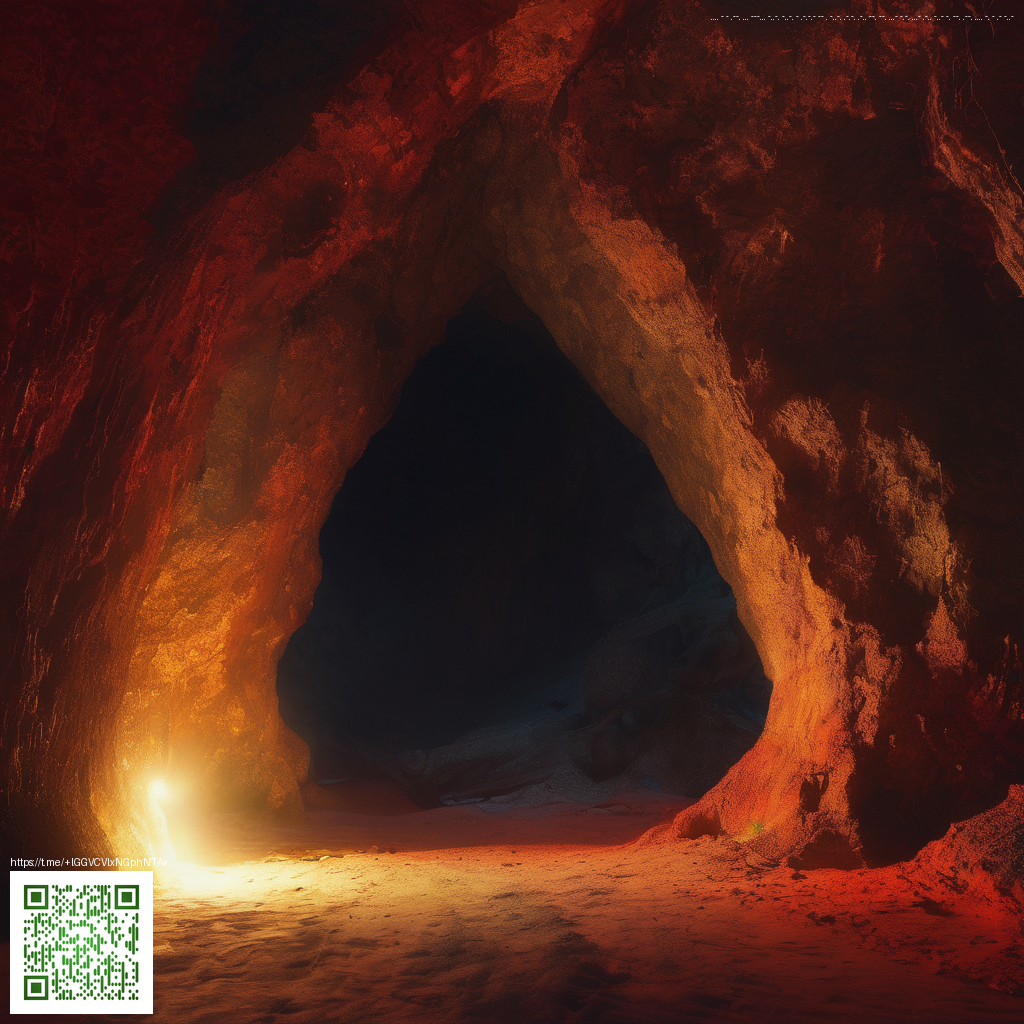
Temple Craft with Red Carpet Blocks A practical guide for builders
Temple builds thrive on atmosphere and flow. The red carpet block brings a distinctive ceremonial vibe to sacred spaces, offering a lightweight yet expressive flooring option. In game data this block carries a low hardness of 0.1 and a modest resistance, which makes it easy to place, adjust, and replace as your temple design evolves. Its visual weight is strong without adding heavy texture, making it ideal for wide halls, solemn corridors, and grand entrances.
Whether you are aiming for a solemn shrine or a luminous ceremonial hall, red carpet pairs beautifully with quartz, stone bricks, sandstone, and dark oak accents. The vibrant hue can act as a unifying thread through large complexes or serve as a precise accent along edge lines and stair risers. Used thoughtfully, it guides the eye and improves legibility in large temple layouts.
Placement basics and aesthetics
- Use red carpet to create a central aisle in temple halls guiding visitors toward altars and thrones
- Line stairs and podiums with carpet to soften hard edges while keeping pathways clear
- Combine carpet with concealed light sources like glowstone or sea lanterns beneath the floor to keep the ceiling clean
- Alternate carpet colors to form ceremonial borders and signify different temple zones
Patterns and building tips
For temple interiors lay a running carpet pattern down long corridors and break it with a darker inlaid border every few tiles. A two tone checkerboard using red carpet and a complementary color can evoke woven fabrics without heavy texture work. To emphasize a grand entry, run a wide red carpet from the doorway to a dais or altar platform. Pair this with a stepped podium and a pale stone backdrop to create a striking focal point that reads well from a distance.
Technical tricks and modding culture
Carpet blocks are lightweight and easy to replace which makes them excellent for rapid iteration on complex temple layouts. Use carpet edges as alignment markers for corridors or stair landings so everything lines up neatly. In creative maps and on servers builders often sketch floor plans with carpet as a stand in before final material choices are locked in. For modding enthusiasts some texture packs extend color options or introduce new carpet variants that simulate decorative mosaics and inlays. The core idea is to leverage carpet as a flexible flooring element that reduces heavy rebuilds while keeping the ceremonial mood intact.
Red carpet shines when used as a guiding thread through a sacred space drawing the eye toward the altar while preserving open sightlines for visitors
Start with a rough plan, lay out corridors and rooms, then overlay carpet paths to test movement and rhythm. If you are building on a world with limited resources, carpet helps maintain a strong visual impact without large block counts. The texture reads clearly in moderate lighting which is a boon for dim temple aesthetics. As you gain confidence, you can extend red carpet across multiple levels, weaving it through ramps and staircases to maintain a continuous narrative flow.
In practice you can design multilevel temples where carpets guide traffic from one platform to the next. The same approach scales to courtyards and ceremonial gardens where red carpet threads connect pavilions with a sense of purpose. A touch of green in nearby foliage or water features can enhance the ceremonial atmosphere while keeping the overall palette harmonious 🧱💎🌲.
Conclusion
Red carpet is a versatile and approachable tool for temple design. It provides elegance and practicality, enabling builders to craft spaces that feel ceremonial but remain resource friendly. Pair red carpet with bold light blocks and crisp stone textures to create spaces that read as ancient yet celebratory. The secret is to plan the flow first and let the carpet line guide players toward your centerpiece.
Support Our Minecraft Projects